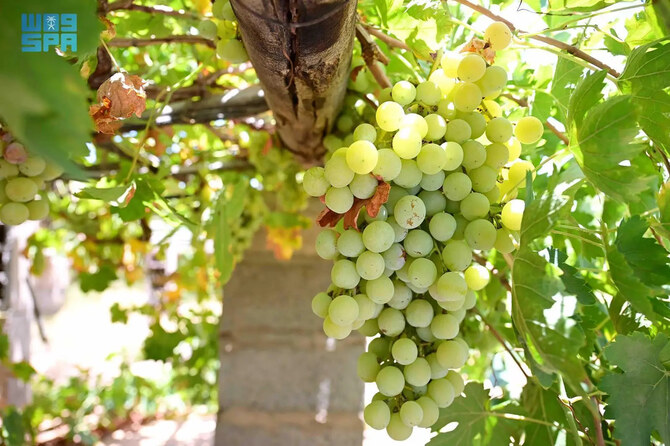JEDDAH: A children’s cookbook showcasing Saudi Arabia’s rich culinary heritage has won one of the world’s top awards.
Layal Idriss received the 2024 “Best in the World” Gourmand Cookbook Award in Cascais, Portugal, recently for her work as the creative director, publisher, and visual storyteller behind the “Aklana” book series.
The series is an ambitious project documenting the Kingdom’s culinary culture for children.
Speaking to Arab News, Idriss described the award moment as “truly overwhelming.”
The co-founder of Dar Waraqa and Radish House Agency added: “I was honored to be invited to speak on the Gourmand stage about ‘Aklana’ from Saudi Books, highlighting Saudi culinary food and culture.
“To stand there, representing a project that is so dear to my heart, filled me with immense gratitude.”
The “Aklana” series, created in collaboration with the Saudi Ministry of Culture’s Culinary Arts Commission and published by Dar Waraqa, comprises 13 individually designed books, each dedicated to one of the Kingdom’s provinces.
The series was envisioned as a “holistic cultural journey” for children, designed to inform and delight local and global readers alike.
Idriss explained that “with every dot we put on paper, we recognized that we were serving a global readership.”
To ensure international accessibility, the books were translated into English, Chinese, Korean and Japanese.
In her role as creative director, she led a team of four to five artists per book, each handpicked to reflect the cultural tone and visual storytelling of the region they depicted.
“The goal was not just beautiful illustrations, but visuals that truly captured the essence of the narrative and cultural elements,” she said.
Ensuring artistic and editorial cohesion across all 13 volumes was no small feat: “Directing multiple artists while maintaining a unified look and feel was a complex yet rewarding challenge.
“From initial sketches to final production, I oversaw every step to guarantee consistency in design and storytelling.”
Alongside project manager Mohammed Hasanain, Idriss also prioritized premium production quality.
She said: “We focused on high-quality production from illustrations to paper believing that a beautifully made book serves as the best messenger for a vibrant culture.”
Speaking about what sets “Aklana” apart globally, Idriss highlighted its unique fusion of cultural depth, educational content and visual excellence.
Each book explores not only food but also local traditions, celebrations and natural resources.
“Many cultural cookbooks might offer recipes, but few delve so comprehensively into the lifestyle, celebrations, and natural resources tied to the food presented through such a rich and consistently high-quality visual narrative,” she said.
For Idriss, this award is validation of a lifelong mission.
“Personally, this award is an incredibly encouraging milestone. I’ve devoted my life to bookmaking with a clear vision: to contribute to building the golden age of children’s literature in Saudi Arabia,” she said.
While “Aklana” focuses on culinary heritage, Idriss believes the same level of dedication must extend to all genres of children’s literature in the Kingdom.
“The underlying passion for creating meaningful and beautifully crafted books remains the same,” she added.
The Gourmand World Cookbook Awards receive submissions from more than 221 countries and regions.
Every year, the awards ceremony is held in a location known for its gastronomic heritage, attracting publishers, chefs, authors, and journalists from across the globe.
With “Aklana” now part of both the Saudi and global culinary conversation, Idriss hopes it will spark a new wave of culturally grounded publishing initiatives across the Arab world.
“‘Aklana’s’ success provides a strong model. We hope it inspires future projects in the Kingdom and across the region to delve deeper into cultural exploration, setting new benchmarks for quality in publishing.
“We’re committed to continuing this journey, sharing our books globally, as we believe they are vital cultural messengers.”


































